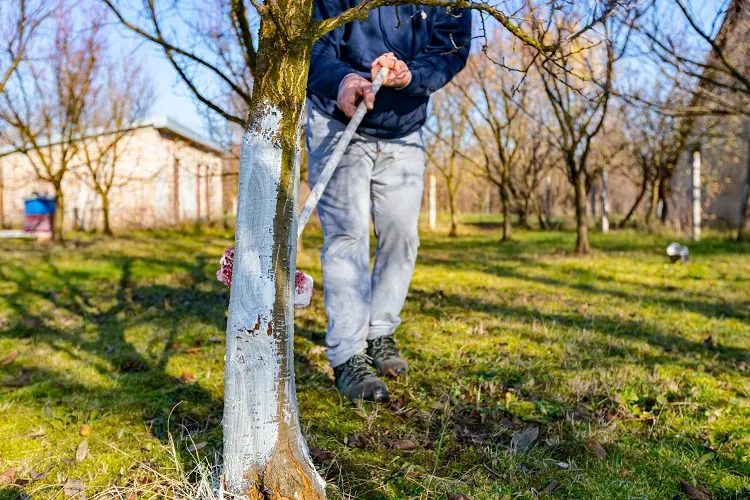“Flesh-eating” bacteria in Japan: necrosis, death… should we worry about the increase in infection cases?

Japanese health authorities are concerned about a growing increase in cases of Streptococcus A infection. The disease is considered to be fatal in one out of three cases. Infectious disease specialist Dr. PTA-Salpêtrière Hospital. Robert Sebag discusses this infection.
Since January, the Japanese archipelago has registered a record number of group A streptococcal infections, with nearly a third of cases being fatal. What is your opinion on what is happening in Japan?
Robert Sebbag: This bacteria is very well known among scientists and we really don’t know why this problem suddenly appeared in Japan.
What do we know about these bacteria?
This is what we call “beta-hemolytic streptococcus A”: it is a bacteria that is usually responsible for mild tonsillitis, often in children. These bacteria can also cause a bacterial skin infection called “impetigo,” a purulent rash that usually occurs on the face. The bacteria may also be responsible for “scarlet fever,” an illness often seen in childhood that causes fever and small skin rashes.
Are there cases of more serious illnesses?
In some people, Streptococcus A can actually cause necrosis: the bacteria will destroy the skin and muscles. This is what we call “necrotizing fasciitis” in medicine. In this case, it looks as if the bacteria is eating the flesh. These symptoms can be accompanied by fever, severe pain and painful red swelling that spreads.
Also read:
30% of cases are fatal… Should we fear the rise in cases of streptococcal infection seen in Japan?
This bacteria can also cause septic shock: once it attacks the flesh, it can enter the bloodstream, causing death in some cases. This mainly concerns people at risk, it is not common.
Who are the people most likely to get a serious infection from this bacteria?
In fact the people at risk, they are usually patients with immune deficiency. People who suffer from diabetes may be subject to serious infections with necrosis.
“I didn’t see the event explode”
How is it transmitted?
Streptococcus is what we call a “commensal germ”: it is a bacteria that lives mainly on waste found outside our tissues, such as in stool, on our skin or in the throat in case of infection. This germ is transmitted mainly through droplets, when we sneeze or talk for example. These bacteria can also infect wounds and cause a type of necrosis and loss of flesh.
Should we be worried about what is happening in Japan?
We should really look at what is happening on the Japanese islands, and be interested in the profile of the affected population. In France, health authorities have seen an increase in infections with this bacteria since September 2022 in the context of high circulation of the respiratory virus. In my infectious diseases department, I have not seen the phenomenon explode.
Also read:
Streptococci A: Faced with an increase in infections, doctors ask to be calm
We must keep in mind that what we have here is not a new pandemic, and there is absolutely nothing to compare it to Covid-19. We need to calm things down, we don’t have any new bacteria in front of us. This is something we know very well: streptococcal infections are something that is well treated today! Today we have antibiotics that are very effective, when for example Streptococcus A is the cause of bacterial tonsillitis.





:quality(85)/cloudfront-us-east-1.images.arcpublishing.com/infobae/NE3M7FK4LBGH5HC7HLBHCN3YQI.jpg)